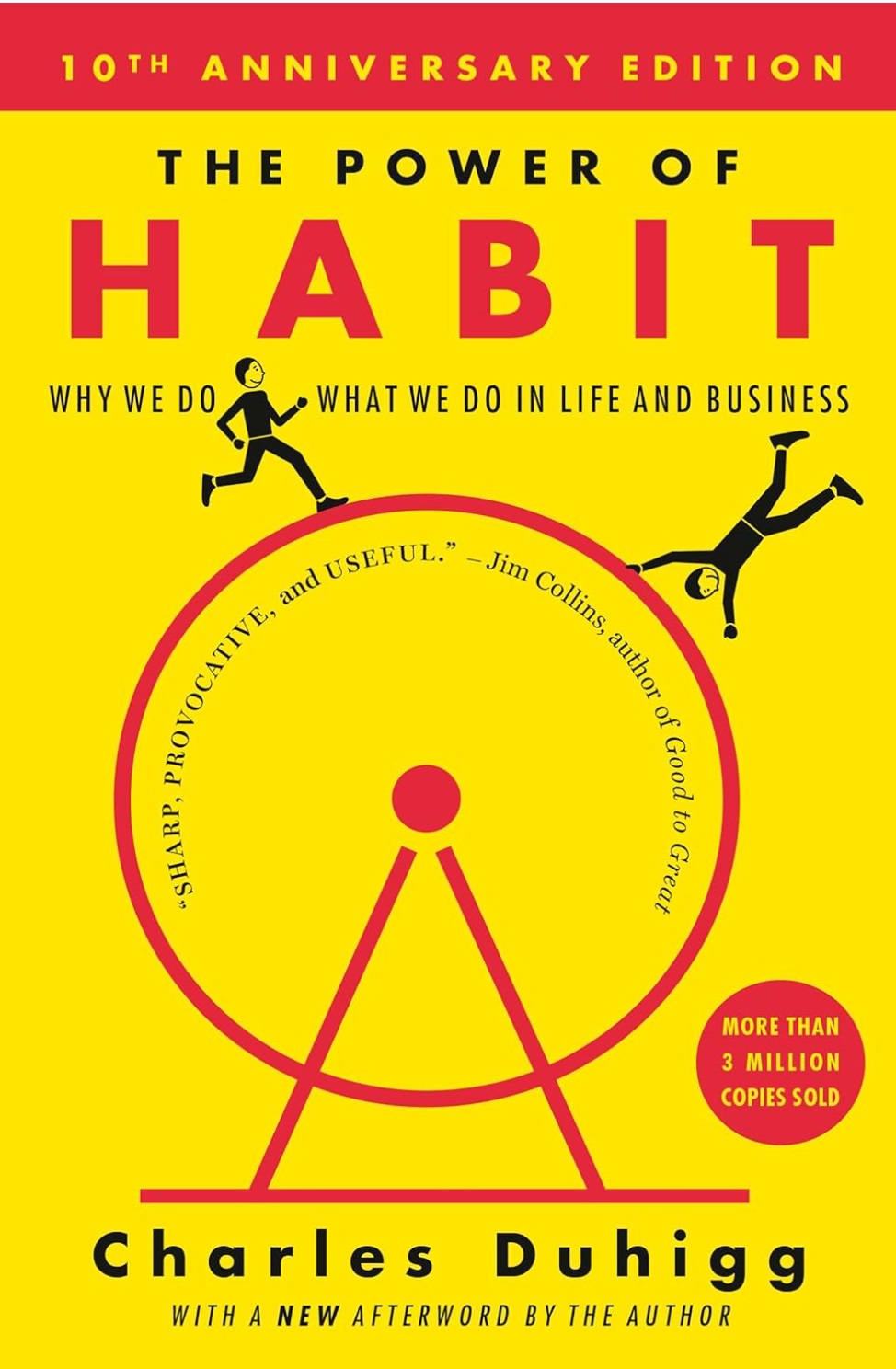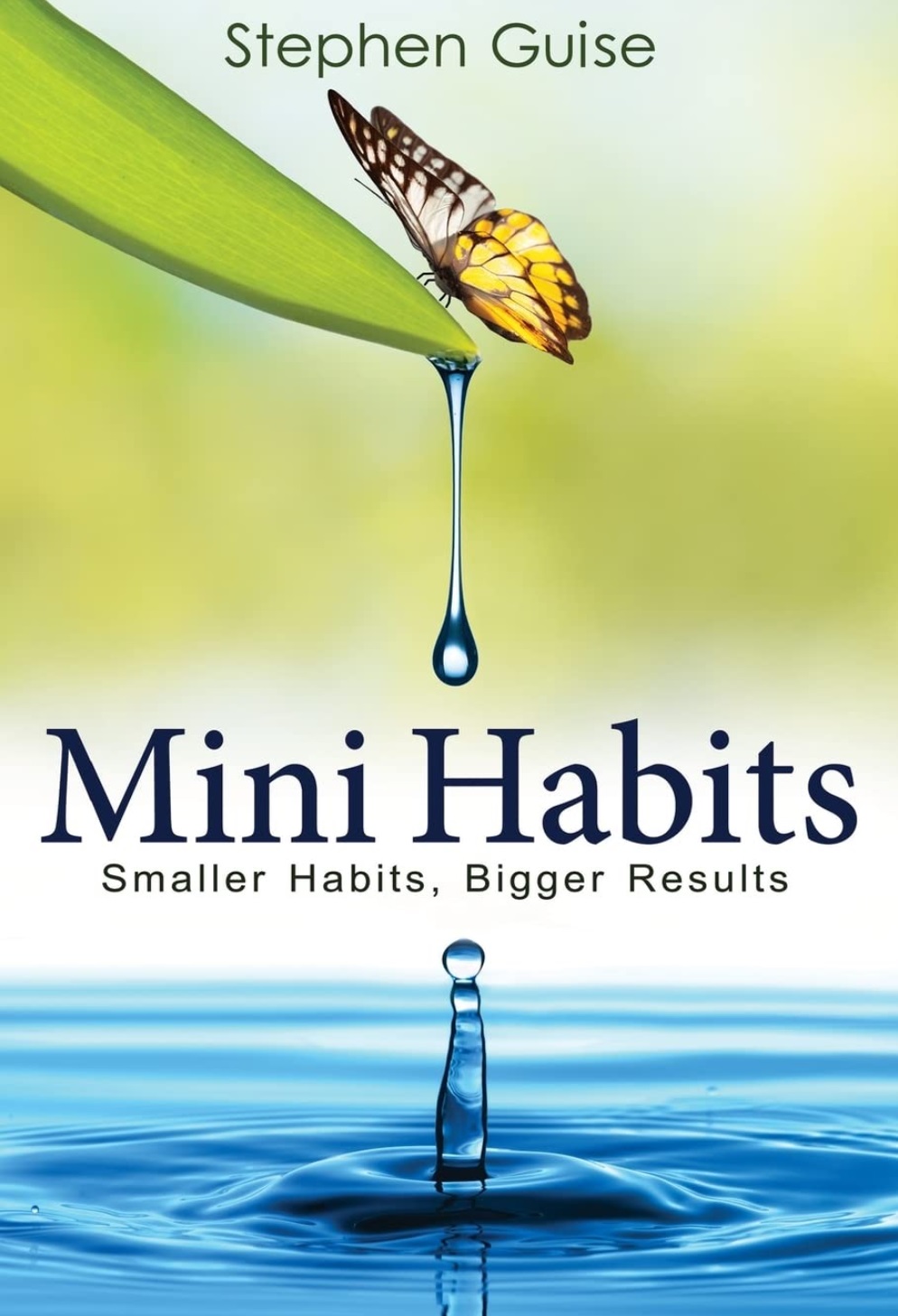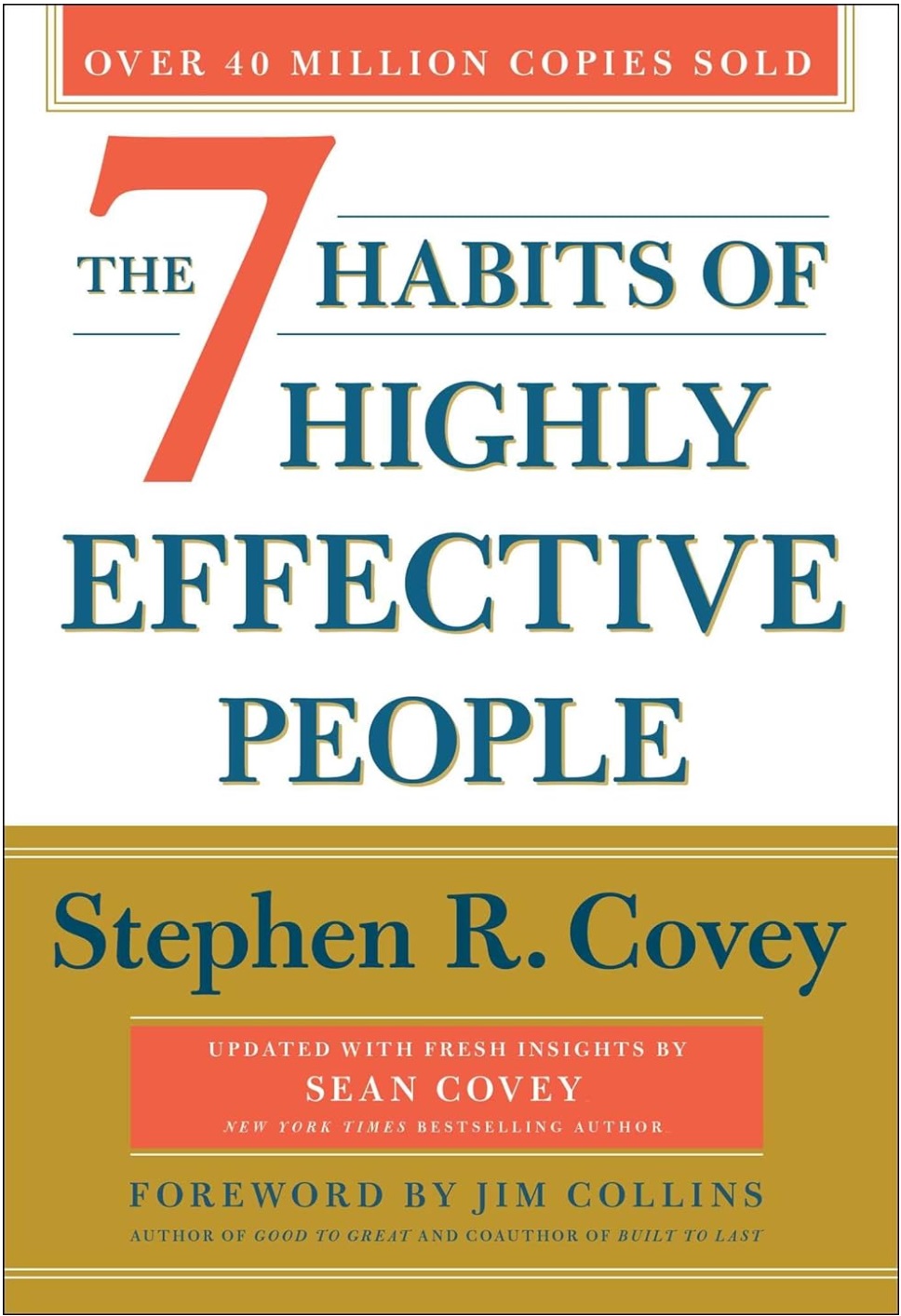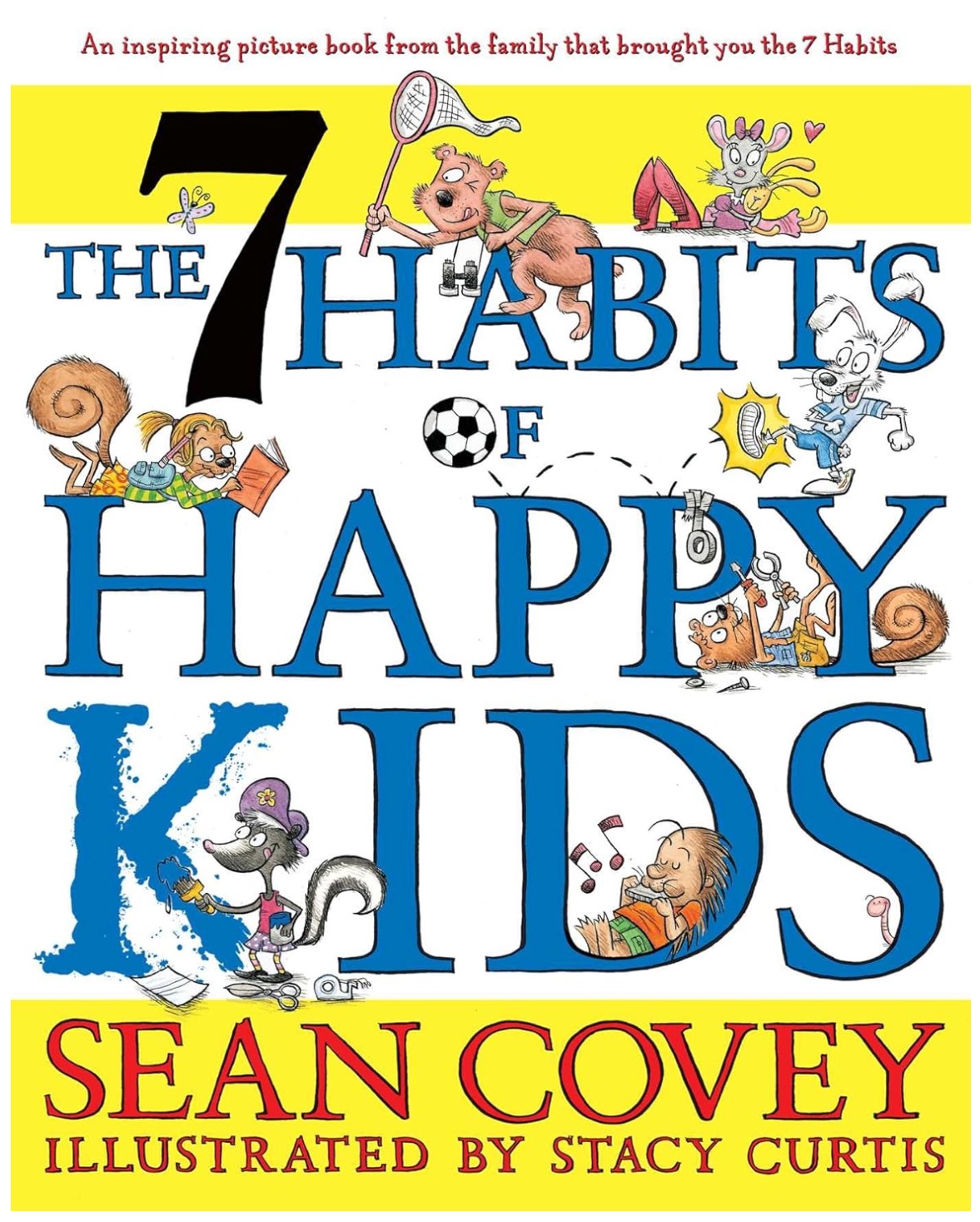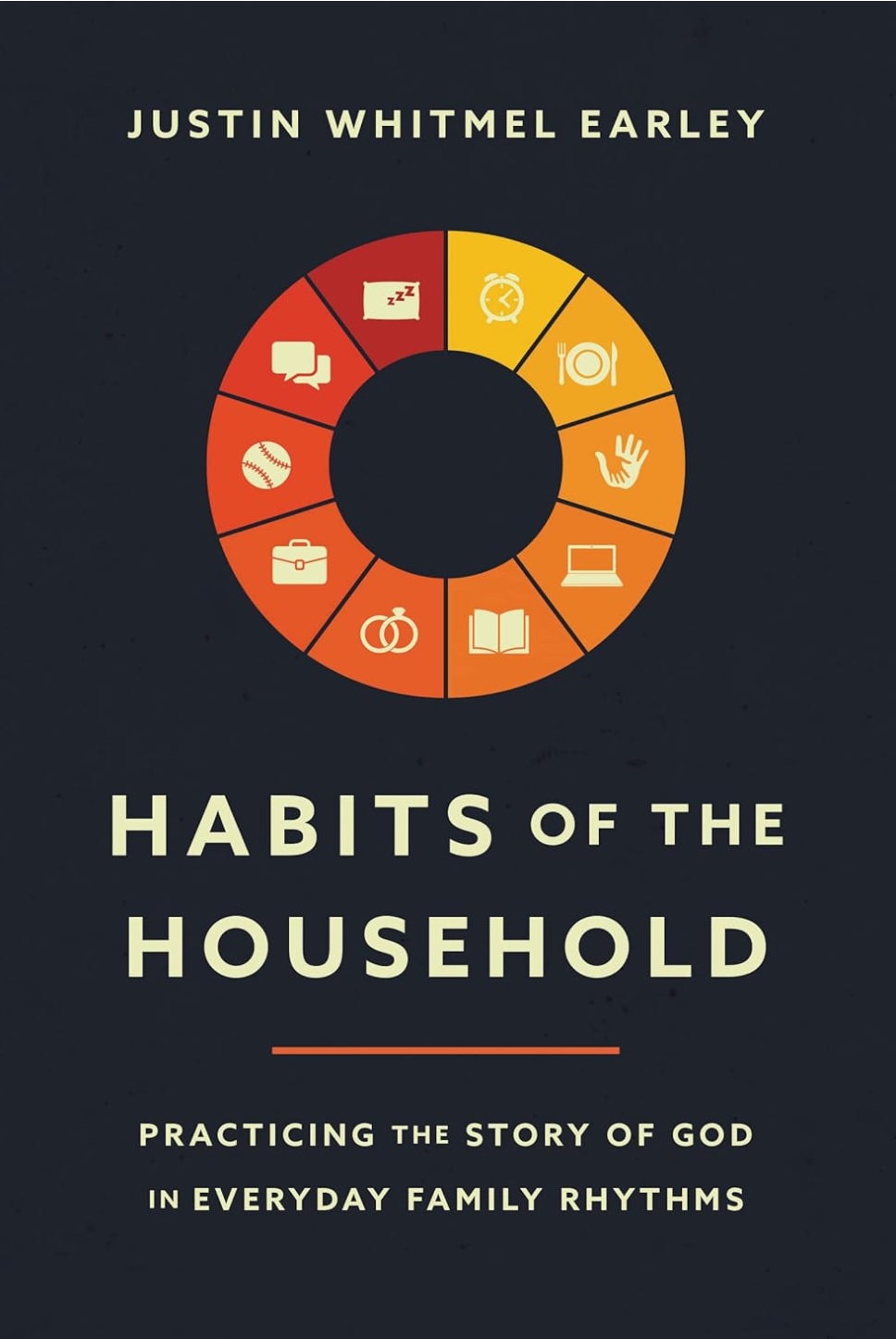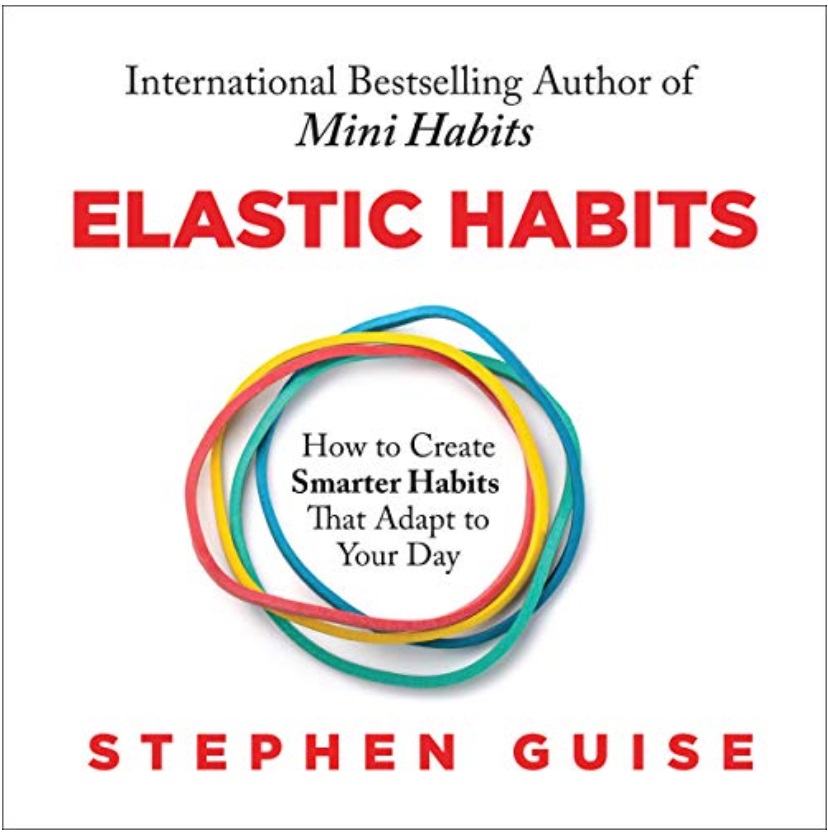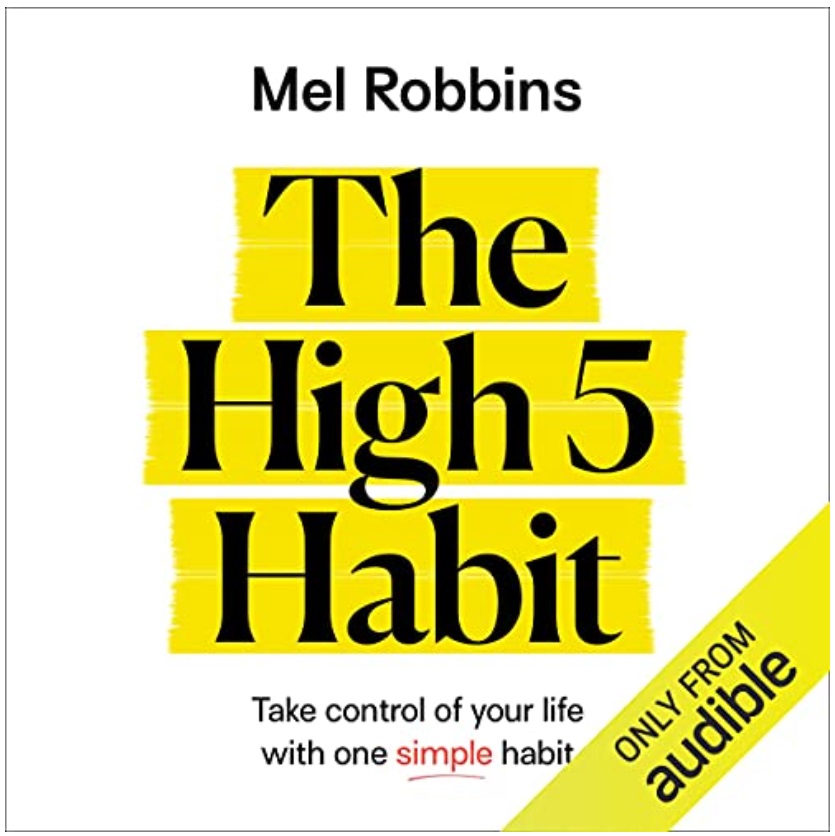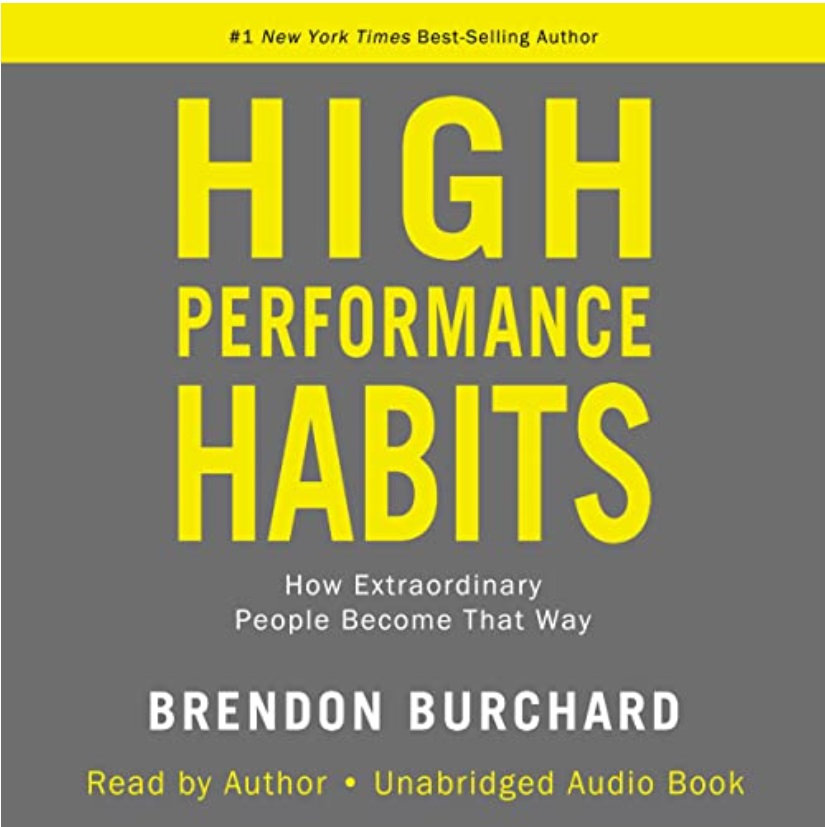- KEY POINTS
- Small daily shifts can help break bad habits and replace them with positive, lasting routines.
- Mindfulness and awareness are essential tools for identifying triggers and stopping negative patterns early.
- Consistency and support systems are crucial for creating sustainable habits and maintaining long-term success.
We all have those stubborn habits we wish we could shake. Maybe it’s reaching for junk food when stressed or scrolling endlessly through social media instead of being productive. If you’ve ever tried to break a bad habit, you know how tough it can be. But replacing bad habits with good ones? That’s the game-changer.
I’ve been there – wanting to stop procrastinating, eat healthier, and stay more mindful throughout my day. The key isn’t just about stopping the bad but actively filling that space with something better. And trust me, even small steps can lead to big transformations.
Table of Contents
ToggleWhy Replacing Habits Works Better Than Just Stopping
One of the biggest reasons people fail to break bad habits is that they focus too much on stopping. But nature abhors a vacuum – and so does the brain. If you don’t replace the habit with something else, it’s easy to slip back into old routines.
I remember struggling with procrastination, often defaulting to scrolling on my phone when I had important tasks to do. It wasn’t until I actively replaced that habit with a short, mindful breathing exercise that I began to break free from the cycle. If this resonates with you, I recommend checking out How to Overcome Common Bad Habits Like Procrastination.
The Role of Awareness in Breaking the Cycle
Before you can replace a habit, you need to identify it. Awareness is crucial. When I first tried to break bad habits, I didn’t even realize how often I reached for my phone. Taking a step back and noticing the pattern helped me make intentional shifts.
Reflective Journaling
Journaling helped me tremendously. Every night, I’d reflect on the day and jot down moments when bad habits crept in. It became clear that boredom or stress triggered them. If you haven’t already, check out Identifying Bad Habits: What’s Holding You Back. This post walks through recognizing patterns and triggers – the foundation of meaningful change.
Mindfulness Practices
Mindfulness was another game-changer. When I caught myself slipping into an old habit, I’d pause, take a breath, and redirect. This simple mindfulness technique helped me create space between the impulse and the action. For more ideas, Mindfulness Techniques to Break Bad Habits explores how small mindful shifts can lead to major breakthroughs.
Building New Habits to Replace the Old
Here’s the fun part – creating good habits that stick. I found that habits tied to pleasure or reward were the easiest to implement.
Start Small and Simple
Rather than trying to overhaul my entire routine, I started with tiny shifts. For example, instead of cutting out all unhealthy snacks, I’d swap one for fruit. Small changes, repeated over time, make a big difference. For inspiration, Tiny Shifts to End Bad Habits is packed with easy-to-adopt habits.
Pair New Habits with Existing Ones
I started pairing new habits with old ones. After brushing my teeth in the morning, I’d immediately do a five-minute stretch. This made it easier to integrate the new routine into my day. Over time, it felt natural – almost automatic.
Reward Yourself
Replacing habits felt less like a chore when I attached small rewards to them. After completing a task I had been avoiding, I’d treat myself to a walk or an episode of my favorite show. This positive reinforcement made the new habits more appealing.
Staying Consistent: Building Habits That Last
Replacing bad habits with good ones is only the beginning. The real challenge is maintaining those new habits over time. I’ve had my fair share of setbacks, but I’ve learned that consistency, not perfection, is the goal.
When I first tried to replace mindless social media scrolling with journaling, I’d slip up frequently. I’d miss a day or two and feel discouraged. But I realized that slipping up didn’t mean I had failed. I could start fresh the next day. Consistency is about showing up, even if it’s not perfect every time.
Creating a Routine to Reinforce Habits
I found that anchoring new habits within my daily routine made them easier to maintain. Morning routines were especially powerful. For example, starting my day with a short meditation (even five minutes) set a calm, intentional tone that reduced stress.
For those looking to establish mindful morning habits, I highly recommend reading Start Your Day with Morning Mindfulness. This post dives into simple ways to introduce mindfulness practices into your morning, making it easier to carry good habits throughout the day.
Evening routines were just as transformative. Replacing evening TV binges with light stretching or reading helped me unwind in a healthier way. If you struggle with winding down at night, check out Evening Habits to Promote Better Sleep.
Action Tip: Build a short five-minute habit into both your morning and evening routines. The consistency of bookending your day with positive habits increases the likelihood of long-term success.
Leaning on Support Systems
Breaking habits isn’t something you have to do alone. I found that accountability partners and support networks were essential in keeping me on track. I started small – texting a friend when I completed a habit or joining a community focused on personal growth.
If you haven’t considered the power of support, How Support Systems Can Help You Break Bad Habits explains why involving others makes a significant difference. Whether it’s family, friends, or online communities, external encouragement reinforces new patterns.
Tracking Progress and Celebrating Wins
One of the most motivating things I did was track my progress. I’d keep a simple checklist or habit tracker, and visually seeing how often I completed a habit was incredibly rewarding.
Even small wins, like completing three mindful breathing sessions in a week, felt like progress. I celebrated these small victories because they reminded me that change was happening, even if it was gradual.
Reflection Tip: At the end of each week, review what went well. Reflecting on progress builds momentum and keeps you motivated. I cover this in detail in Rewiring Your Mind for Success.
Building Habits Through Gratitude and Positivity
I found that gratitude played an unexpected role in habit change. Expressing gratitude for the progress I made (no matter how small) shifted my mindset. I began to see replacing bad habits not as a punishment, but as a positive transformation.
When I introduced gratitude journaling, I noticed a decrease in stress and a stronger sense of fulfillment. This habit didn’t just support personal growth – it boosted emotional well-being. For more on the power of gratitude, check out Gratitude Habits to Reduce Stress Fast.
Overcoming Setbacks
No matter how dedicated I am to creating better habits, setbacks are inevitable. There were weeks when I found myself slipping into old patterns – procrastination creeping back in, or skipping my mindfulness routine. But I’ve learned that setbacks are part of the process, not a reason to quit.
The key is to treat setbacks as learning opportunities. When I used to let a single missed day spiral into abandoning the habit entirely, it felt like all my progress unraveled. But with time, I realized that missing a day or two didn’t erase the work I had already done.
I reflect on these moments by revisiting Tiny Shifts to End Bad Habits. This post focuses on making small adjustments that make it easier to get back on track after a setback. It’s not about overhauling everything at once – just a slight shift can steer you back in the right direction.
Practicing Self-Compassion
One of the most transformative things I’ve done is practicing self-compassion during setbacks. Instead of criticizing myself for slipping up, I try to respond with kindness. I remind myself that change isn’t linear.
Research shows that self-compassion leads to greater resilience and increased motivation. On the days when I feel discouraged, I turn to simple mindful breathing exercises or reflect on small successes. I explain these techniques in more detail in Mindfulness Techniques to Break Bad Habits. These techniques ground me and help me reconnect with why I started the habit in the first place.
Reflection Tip: After a setback, write down three positive things you accomplished that week, no matter how small. It’s a simple way to redirect focus from the failure to the progress.
Rebuilding Momentum After Falling Off Track
Rebuilding momentum after a setback doesn’t have to feel overwhelming. I’ve found that returning to the basics – the simplest, smallest version of the habit – is the easiest way to start again. If I haven’t journaled for weeks, I’ll commit to just one line per day.
This approach, often called “habit stacking,” is something I dive deeper into in Stop Bad Habits with Positive Small Steps. By connecting the habit to an existing routine, it feels more natural to integrate.
For example, after brushing my teeth at night, I add one minute of mindful breathing or gratitude reflection. Over time, that minute grows into five or ten.
Action Step: Choose one habit you want to revive and find a way to tie it to something you already do daily. This small connection helps rebuild consistency.
Staying Motivated Long-Term
Long-term habit change requires a balance of patience and motivation. One thing that keeps me going is visualizing the long-term benefits of sticking with the habit. Whether it’s improved mental clarity, reduced stress, or increased energy, I remind myself why I started.
I explore the long-term benefits of breaking habits in The Long-Term Impact of Breaking Bad Habits. Keeping the bigger picture in mind helps prevent burnout and keeps motivation alive.
I also allow myself to celebrate small wins along the way. Recognizing each step forward, no matter how minor, reinforces the belief that change is happening.
Motivation Tip: Create a small reward system. After completing a habit consistently for a week, treat yourself to something you enjoy – a new book, a relaxing walk, or time with friends.
Building a Sustainable Environment
Our environment plays a critical role in sustaining new habits. I’ve found that small changes in my surroundings – like keeping a journal on my nightstand or placing healthy snacks in visible spots – make it easier to follow through.
If your environment currently reinforces bad habits, reshaping it can help break the cycle. I cover practical strategies for environmental shifts in Breaking the Cycle: Tools to Replace Bad Habits with Good Ones. Simple changes like removing distractions or creating physical reminders can boost habit consistency.
The Journey of Habit Transformation
At the end of the day, building better habits is about embracing the journey, not just the outcome. Each day offers a new opportunity to make small, positive changes. Some habits will stick immediately, while others take time.
The important thing is to keep going. With every effort, you’re reshaping your life – one habit at a time.
For anyone who feels stuck or overwhelmed by the process, I encourage you to revisit Rewiring Your Mind for Success. This post serves as a reminder that success isn’t about eliminating every flaw but about consistently choosing growth.
Final Thoughts
Breaking bad habits is a process that requires patience, persistence, and a willingness to embrace imperfection. It’s not about getting everything right from the start but about showing up consistently and making small adjustments along the way.
I’ve learned that the most significant changes often come from the smallest shifts – whether it’s practicing mindfulness for five minutes, creating a support system, or identifying triggers that hold me back. Each step, no matter how minor, builds momentum toward lasting change.
As I reflect on my journey, I realize that breaking the cycle isn’t about perfection. It’s about progress. Every time I slip, I have the opportunity to learn and try again. And with each attempt, I get closer to creating the life I envision for myself.
If you’re just starting or feel stuck, I encourage you to revisit Tiny Shifts to End Bad Habits or Breaking the Cycle: Tools to Replace Bad Habits with Good Ones. These posts offer practical steps to help you rebuild habits and stay motivated.
Remember, it’s not about breaking habits overnight – it’s about creating sustainable, positive routines that support your growth over time. Take it one day at a time, and trust that each small shift will lead you to bigger, transformative results.
References
Blog Post References
- Identifying Bad Habits: What’s Holding You Back?
- How to Overcome Common Bad Habits Like Procrastination
- How Support Systems Can Help You Break Bad Habits
- The Long-Term Impact of Breaking Bad Habits
- Rewiring Your Mind for Success
- Tiny Shifts to End Bad Habits
- Mindfulness Techniques to Break Bad Habits
- Stop Bad Habits with Positive Small Steps
External References
- Mayo Clinic – Habit Replacement Strategies
- Psychology Today – Breaking Bad Habits Through Mindfulness
- Harvard Health – The Science of Habit Formation
- Healthline – How to Stop Bad Habits
- American Psychological Association – Understanding Habit Formation
- Verywell Mind – Replacing Bad Habits with Good Ones















